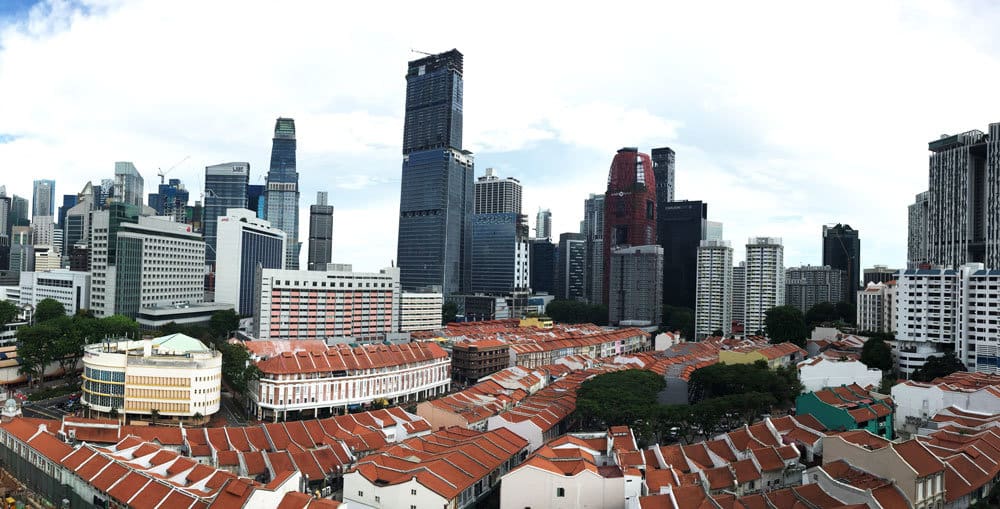
Tanjong Pagar
Even in a country which has seen radical changes in the last 100 years – especially in the last 25 years – the development and transformation of Tanjong Pagar has been remarkable. From a quiet, sleepy fishing village to a thriving business centre with a lively night scene and home to the world’s busiest port, the story of Tanjong Pagar is like an exaggerated story of Singapore itself.
The name comes from the Malay word for “cape of stakes”. Depending on who you believe, and how romantic your inclinations, this derives from either the wooden stakes that held up the houses that trapped the fish, or from a local legend of a small boy who used stakes to save the village from an attacking shoal of swordfish. The area itself began to come to prominence in the mid-19th century as shipping and trade rose in importance and with the advent of the steam ship. The first dry dock was built in 1859, and the Tanjong Pagar Dock Company began building wharves in the former nutmeg plantation. In 1912 the Singapore Harbour Board took over operations, replacing the wooden wharves and jetties with modern concrete ones. The Harbour Board was itself replaced in 1964 by the Port of Singapore Authority (PSA), who further improved the ports facilities, completing Singapore’s first and foremost container terminal in 1972. Still operated by the PSA under its new guise of PSA International Pte Ltd), the port is recognised as one of the finest – and busiest in the world.
The area has developed in other ways apart from shipping. It is located within the city’s Central Business District (CBD) the nation’s commercial and financial hub, and home to Singapore’s, Asia’s and the world’s major corporations and institutions. Despite the area becoming the first in Singapore to come under the government’s conservation plan of the mid 1980’s, little of the original architecture or features are recognisable today. Several of the shophouses were restored to their original state, and a swimming pool and a handful of street cobblers remain, but much of the area has undergone massive development. An example of this is the visually stunning Pinnacle@Duxton. This award winning HDB project is made up of seven 50-storey towers which add up the world’s tallest public residential building. It also holds the record for featuring the world’s two longest sky gardens, the 500 metre long features forming part of the connecting bridges on both the 26th and 50th floors. The design quality was of such a high standard, that many private developers were concerned that if future public housing was of a similar quality it would have a huge, negative impact on their business. The HDB subsequently quashed these fears stating that the project was a one off.
The Pinnacle@Duxton is a perfect example of how the area has changed, from quiet fishing village to ultra-modern commercial, business and living space.
New launches nearer to the CDB district
- V on Shenton
- Eon Shenton
- Gramercy Park
- Highline Residences
- Spottiswoode Suites ( Freehold Condo)
- Principal Garden
Upcoming New launch Condo
